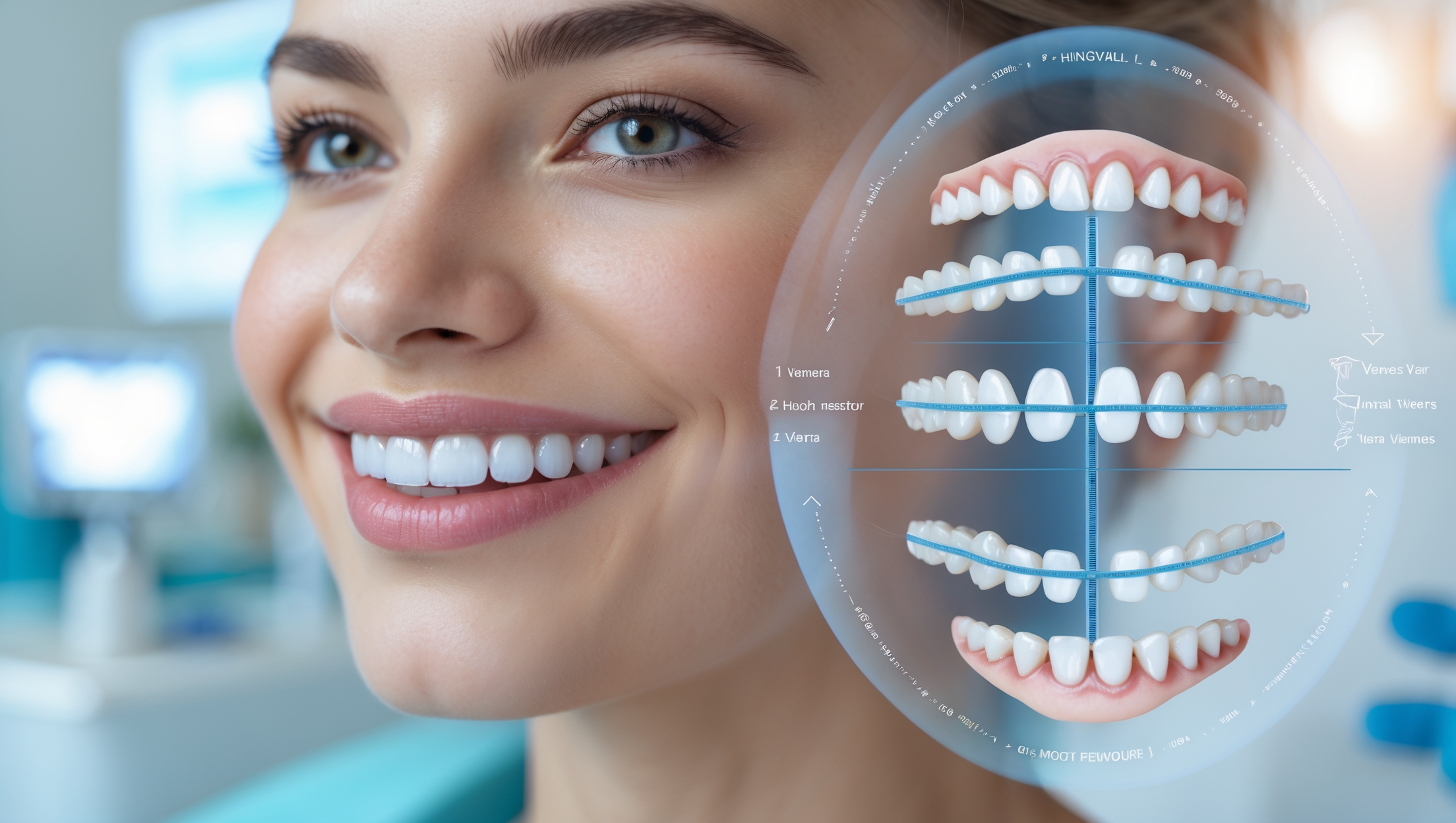Dental veneers are ultra-thin shells affixed to the anterior surface of teeth to enhance their aesthetic appeal. These shells are often made of porcelain or composite resin and are engineered to mimic the color and form of natural teeth. Veneers are a common cosmetic dentistry technique that addresses problems associated with uneven, broken, or discolored teeth. Comprehending the permanency and the possibilities for reversal is essential for anybody contemplating this therapy.
Understanding the Permanence of Dental Veneers
Dental veneers in Pines is a prevalent cosmetic dental procedure aimed at enhancing the aesthetic appeal of teeth. They can effectively mask imperfections such as discoloration, chips, or misalignment. Understanding the permanence of veneers involves considering their lifespan, factors influencing longevity, and how they bond to teeth.
Lifespan of Dental Veneers
The lifespan of dental veneers varies depending on the material used and individual oral hygiene habits. Porcelain veneers have exceptional durability, with a lifespan ranging from 10 to 15 years when well maintained. Although less durable, composite resin veneers generally have a lifespan of around 5 to 7 years. Consistent dental examinations and meticulous oral hygiene routines, such as brushing and flossing, are essential for prolonging the lifetime of veneers.
Factors Affecting the Longevity of Veneers
Several factors can impact how long dental veneers last:
- Oral Hygiene: Proper brushing, flossing, and regular dental cleanings help maintain veneers and prevent decay around the edges.
- Dietary Habits: Avoiding hard foods and limiting consumption of staining substances like coffee or tobacco can preserve a veneer appearance.
- Teeth Grinding (Bruxism): Habitual teeth grinding can wear down veneers over time, necessitating protective measures such as night guards.
How Veneers Bond to Teeth
Veneers are bonded to teeth using dental cement, ensuring a strong and stable attachment. The process involves:
- Preparation: A small layer of enamel is abraded off the front surface of the teeth to facilitate the placement of veneers.
- Bonding: Dental cement is applied to the veneer and carefully placed on the prepared tooth surface.
- Curing: A unique laser or chemical technique solidifies the cement, firmly adhering the veneer to the tooth.
Reasons for Reversing Dental Veneers
While veneers are intended as a long-term solution, there are situations where patients may consider reversal due to various factors affecting their oral health and personal preferences.
Common Reasons Patients Consider Veneer Reversal
Patients may opt for veneer reversal for several reasons:
- Change in Aesthetic Preferences: Over time, personal preferences for smile aesthetics may change, prompting a desire for a different dental appearance.
- Damage or Wear: Accidental damage or wear and tear over years of use can diminish veneer appearance and functionality.
- Desire for Natural Teeth: Some patients may wish to return to their natural teeth for personal or health reasons.
Impact of Changes in Oral Health
Changes in oral and dental health, such as gum recession or decay around veneers, can influence the decision for reversal:
- Gum Recession: Receding gums may expose the edge of veneers, causing aesthetic concerns or discomfort.
- Decay: Decay around veneers can compromise their integrity and require removal to address underlying dental issues.
Reversal Options for Dental Veneers
When considering veneer modification or removal, patients have several options, ranging from non-invasive adjustments to complete removal procedures.
Non-Invasive Options for Veneer Modification
Non-invasive methods allow for adjustments without fully removing the veneers:
- Reshaping: Minor reshaping can alter veneer contours to improve aesthetics or fit.
- Refinishing: Polishing or refinishing veneers can enhance appearance and address minor imperfections.
Procedures for Removing Dental Veneers
Complete removal of dental veneers is a more involved process that requires careful planning and professional oversight.
Step-by-Step Overview of the Veneer Removal Process
Complete veneer removal typically follows these steps:
- Consultation: Initial consultation with a dentist in Pines to discuss reasons for removal and evaluate oral health status.
- Preparation: Pre-procedural X-rays and assessment to plan the removal process.
- Anesthesia: To guarantee the patient’s comfort throughout the process, local anesthesia is given.
- Removal: Veneers are gently detached using dental tools designed for precise removal while minimizing impact on underlying tooth structure.
- Post-Removal Care: Following removal, dental professionals may recommend temporary protective measures or discuss further cosmetic options.
Considerations for Post-Removal Dental Care
Post-removal care is essential to promote oral health and preserve tooth structure:
- Oral Hygiene: Regular brushing, flossing, and professional cleanings support oral health.
- Monitoring: Monitoring the condition of natural teeth following veneer removal helps promptly identify any changes or concerns.
- Cosmetic Options: Discussing potential cosmetic enhancements or alternatives with a dentist near you can address aesthetic preferences and dental health goals.
Alternatives to Complete Veneer Removal
For patients exploring alternatives to complete veneer removal, various cosmetic treatments and updated veneer options provide flexibility and personalized solutions.
Cosmetic Treatments to Enhance or Adjust Existing Veneers
Cosmetic enhancements can rejuvenate veneers and complement natural teeth:
- Teeth Whitening: Professional teeth whitening treatments in Pines can brighten natural teeth to match existing veneers for a uniform smile.
- Bonding or Reshaping: Bonding or reshaping procedures can address minor imperfections or changes in veneer appearance over time.
Exploring New Veneer Options
Exploring new veneer materials or techniques offers opportunities for updated aesthetics and improved longevity:
- Advanced Materials: Updated porcelain or composite resin materials provide durability and natural-looking results.
- Technological Advances: Incorporating digital imaging or CAD/CAM technology enhances precision and customization in veneer placement.
Conclusion
Understanding the permanence of dental veneers and the available options for reversal is crucial for informed decision-making. Whether considering veneer removal or exploring alternatives, consulting with a qualified dental office near you is essential. They can provide personalized advice based on individual dental health and aesthetic goals.
Ready to explore your options with dental veneers?
Schedule a consultation with Dr. Michelle Gonzales at Daily Smiles – Pines. Our Pines team is dedicated to helping you achieve your ideal smile with personalized care and expertise.





